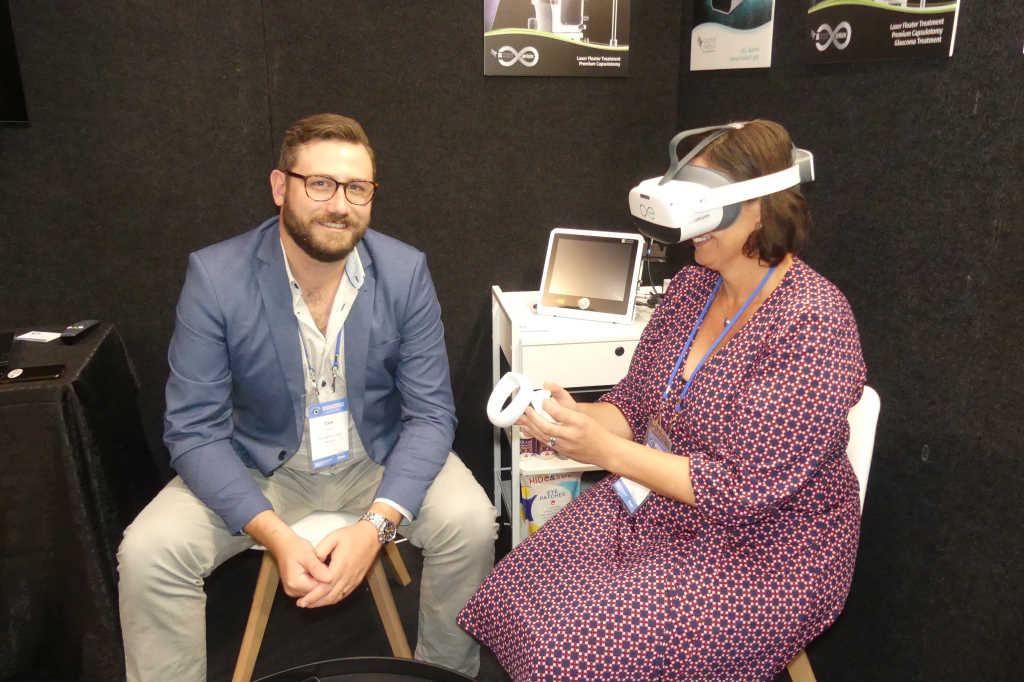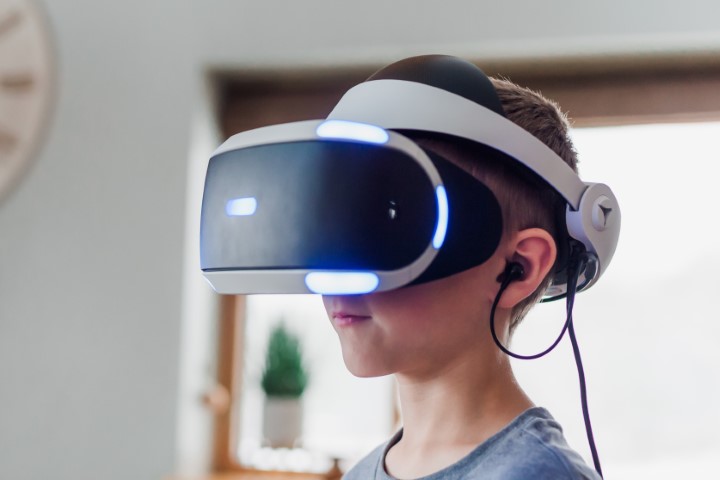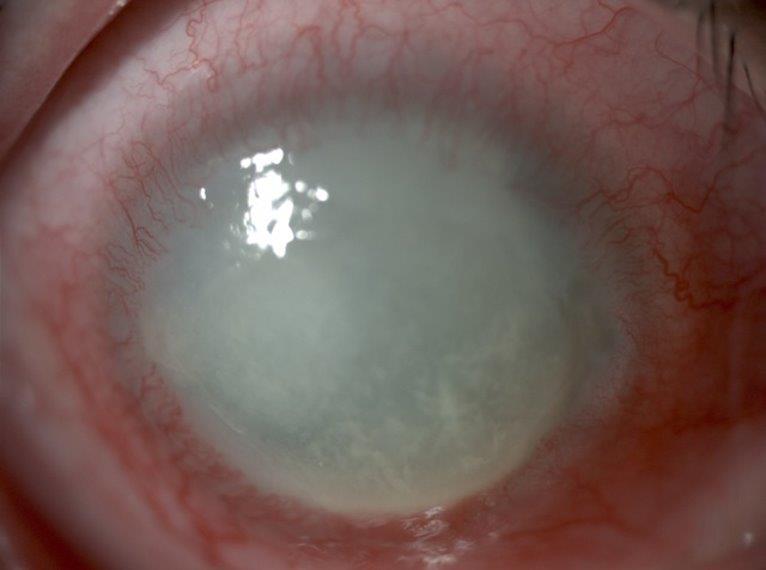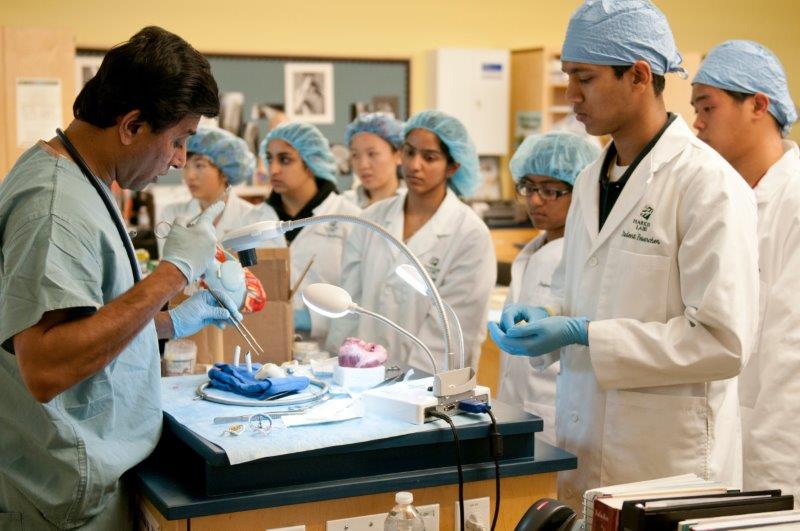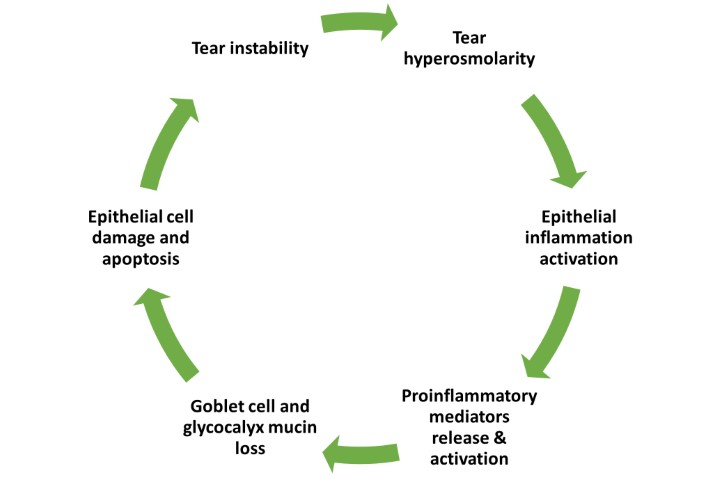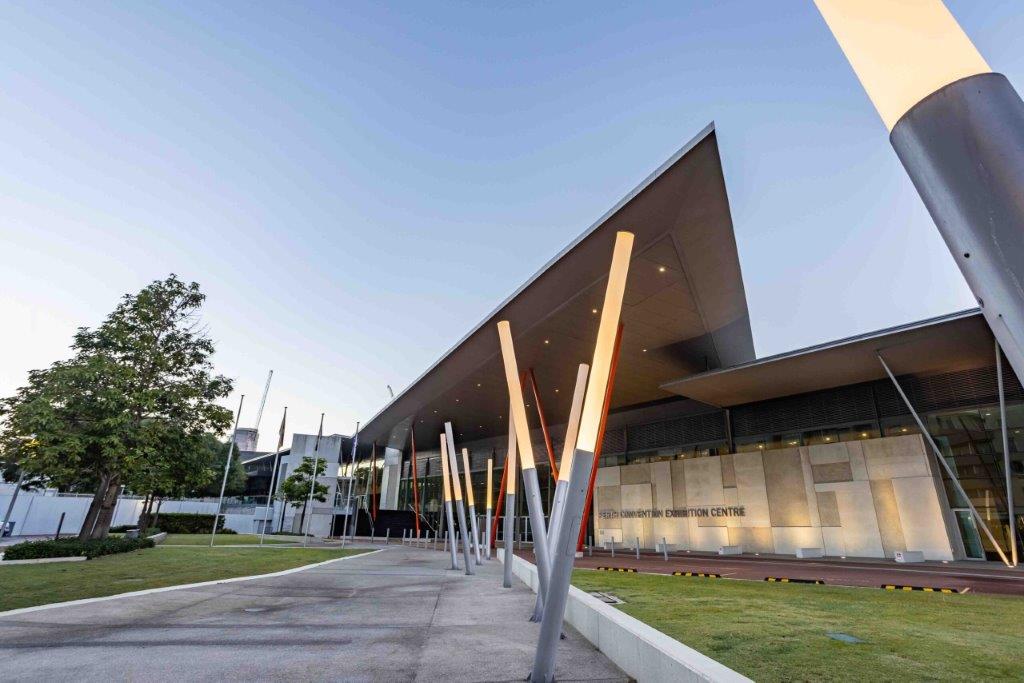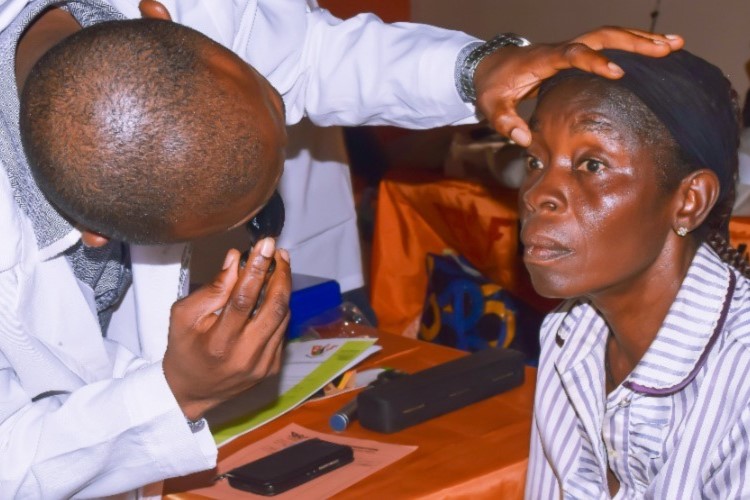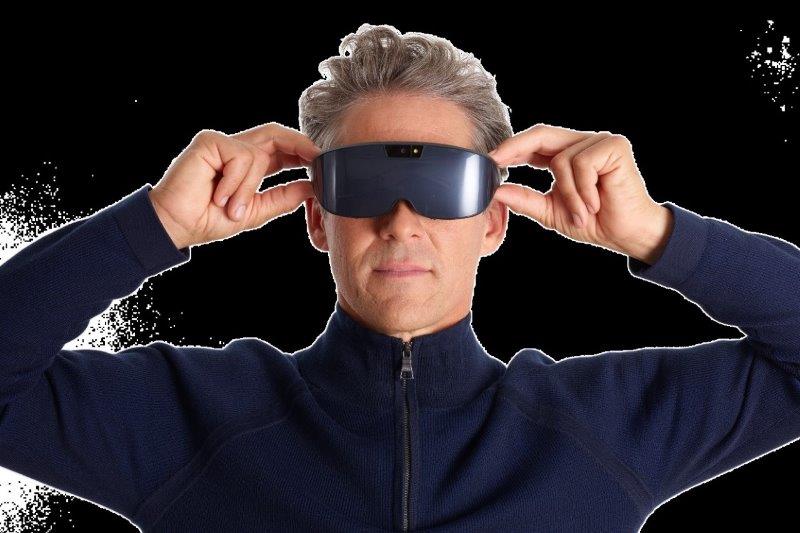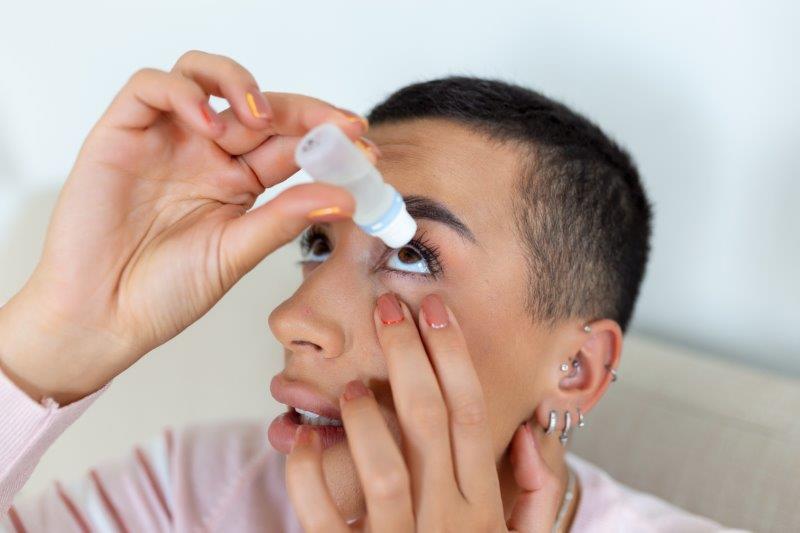The virtual future of perimetry
Attracting attention on Titan Optical’s stand at RANZCO NZ was the Olleyes VisuALL VRP (virtual reality platform), a VR headset designed to perform standard perimetry and other psychophysical tests. “It is the future of perimetry,” said Cam Gordon from Titan Optical. “It does everything a normal perimeter would do, plus a whole lot more, and it all happens on the headset with the patient’s spectacles on, anywhere.”
According to Olleyes, the VisuALL offers all common visual field protocols, including ptosis and Esterman binocular testing, in about three minutes. It can also test visual acuity (VA), colour vision, contrast sensitivity, low contrast VA, pupillometry, extraocular motility and eye tracking, with many more tests in the works.
A study by Razeghinejad et al (Glaucoma, September 2020) found it had an “excellent correlation” with the Humphrey Field Analyzer in normal and glaucoma patients. “The VisuALL was at least as good as, if not better than the Humphrey,” said Dr Reza Razeghinejad from the US-based Will’s Eye Hospital validation study. “The portability of the device allows it to be used in home-based settings, where many more tests could be done over time, potentially leading to earlier detection of glaucoma progression.” More recently a study led by Dr Sylvia Growth at Vanderbilt University Medical Center, found the VisuALL-K was not only effective for paediatric testing, but also the children preferred the headset (Translation Vision Science and Technology, Jan 2023)
It also enables the examination of multiple patients at the same time, increasing office productivity, with patients able to have their visual field tests done in the waiting room before seeing their doctor, said Gordon. “And it speaks 20 languages, so it can coach the patient through the tests in Mandarin, Spanish, Italian, or whatever they need.” So it reduces barriers and removes all the restraints you have with a traditional visual field test, like having to have a dedicated test area, that’s quiet and dark, and requiring the patient to sit upright with their head against the perimeter, which can be both uncomfortable and tiring, he said. “The potential is huge.”









